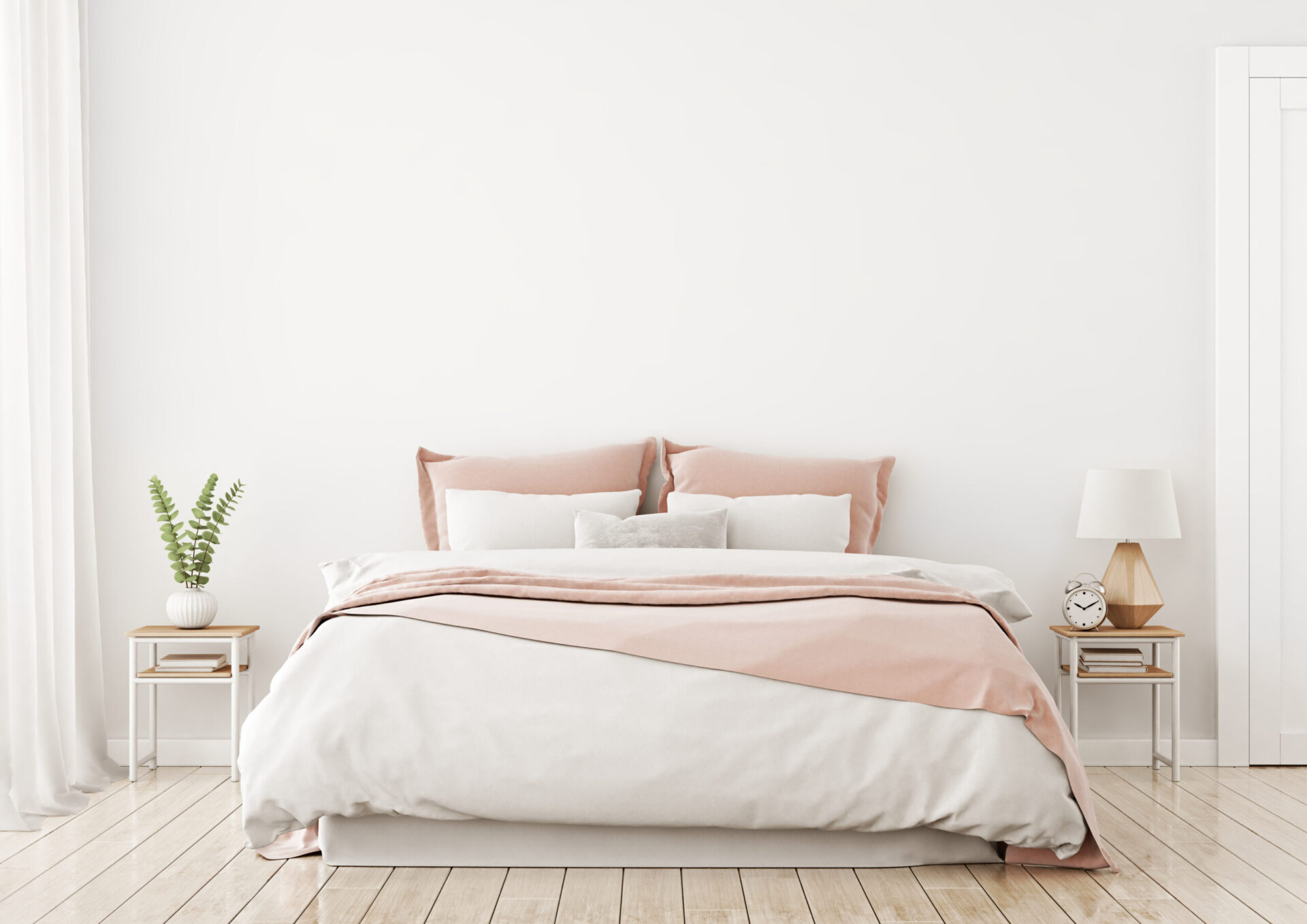For those who suffer from allergies, finding relief in their own home is crucial. Allergens like dust, pet dander, pollen, and mould can make life uncomfortable, especially during allergy season. By creating allergy-free zones in your home, you can carve out safe sanctuaries where you can breathe easy and relax. In this Sweepsouth guide, we’ll walk you through the steps to reduce allergens in key areas of your home.
Understanding Common Household Allergens
Before we dive into creating allergy-free zones, it’s important to understand the most common household allergens. These include:
- Dust Mites: Tiny creatures that thrive in warm, humid environments, often found in bedding, carpets, and upholstered furniture.
- Pet Dander: Microscopic flecks of skin shed by cats, dogs, and other animals with fur or feathers.
- Pollen: A fine powder produced by plants, which can enter your home through open windows, doors, or even on your clothes.
- Mould: Fungi that grow in damp environments, such as bathrooms, kitchens, and basements.
By targeting these allergens, you can significantly improve the air quality in your home.
Start with the Bedroom: Your Primary Safe Haven
The bedroom is where you spend a significant portion of your time, making it a key area to target for allergy reduction. Ensuring this space is free from allergens will help you get a restful night’s sleep.
Allergy-Proof Your Bedding
- Use Allergen-Proof Covers: Encase your mattress, box spring, and pillows in allergen-proof covers. These covers create a barrier against dust mites and other allergens.
- Wash Bedding Regularly: Wash your sheets, pillowcases, and blankets in hot water (at least 130°F/54°C) once a week to kill dust mites and remove allergens.
- Choose Hypoallergenic Bedding: Opt for hypoallergenic pillows and duvets made from materials that are less likely to harbour allergens.
Minimise Dust and Dander
- Remove Carpeting: If possible, replace carpeting with hardwood, tile, or laminate flooring. Carpets can trap dust and dander, making it difficult to maintain a truly allergy-free zone.
- Keep Pets Out: As much as we love our pets, keeping them out of the bedroom can significantly reduce the amount of pet dander in this space.
Create an Allergen-Free Living Room
The living room is often the hub of the home, where family and friends gather. To create an allergy-free environment here, focus on minimising dust and improving air quality.
Control Dust Accumulation
- Choose the Right Furniture: Opt for leather, wood, or metal furniture that is easy to wipe down, rather than upholstered furniture that can trap dust and allergens.
- Regular Dusting: Dust all surfaces, including shelves, electronics, and decor, using a damp microfiber cloth. This helps to trap dust rather than just moving it around.
Improve Air Quality
- Use HEPA Filters: Invest in a vacuum cleaner with a HEPA filter to capture even the smallest particles. Additionally, consider using an air purifier with a HEPA filter in the living room to continuously clean the air.
- Keep Windows Closed During High Pollen Count: While fresh air is great, it can also bring in pollen. On high pollen days, keep windows closed and use air conditioning to cool the room.
Keep the Kitchen Mould and Allergen-Free
The kitchen can be a breeding ground for mould and other allergens due to moisture and food particles. Keeping this area clean is key to reducing allergens.
Focus on Moisture Control
- Use a Ventilation Fan: Always use a ventilation fan when cooking to reduce moisture and prevent mould growth. If you don’t have a fan, open a window to allow steam to escape.
- Clean the Sink and Counters Regularly: Wipe down the sink, countertops, and kitchen table daily to remove food particles that can attract pests and allergens.
Store Food Properly
- Seal Food Containers: Store food in airtight containers to prevent attracting pests and to reduce the spread of food allergens like dust mites or mould spores.
- Clean the Fridge: Regularly clean out your refrigerator, checking for expired food and wiping down shelves with an antibacterial cleaner to prevent mould.
Maintain a Healthy Bathroom Environment
Bathrooms are naturally humid spaces, making them prime areas for mould and mildew growth. Keeping your bathroom dry and clean is essential for an allergy-free zone.
Prevent Mould and Mildew
- Use a Dehumidifier: A dehumidifier can help reduce moisture levels in the bathroom, making it less hospitable for mould and mildew.
- Clean Regularly with Mould-Resistant Cleaners: Use mould-resistant cleaners on tile, grout, and around the shower or tub to keep mould at bay.
Wash and Replace Towels Frequently
- Avoid Damp Towels: Always hang towels to dry after use and replace them with clean ones regularly to prevent mould and bacteria growth.
Conclusion
Creating safe sanctuaries in your home where allergens are kept at bay is essential for your health and well-being. By focusing on key areas like the bedroom, living room, kitchen, and bathroom, you can significantly reduce the presence of allergens and enjoy a more comfortable living environment. With Sweepsouth’s professional cleaning services, maintaining these allergy-free zones becomes effortless, allowing you to focus on enjoying your home to the fullest. Take the first step towards a healthier home today.

ALSO SEE: THE ART OF FENG SHUI CLEANING









